Table of Contents
Who We Are
Beyond Language Learning
A Close-Knit Multilingual Community
Join us and become part of a vibrant community where Japanese and English learners teach and learn from each other.
Authentic and Immersive Practice
Experience genuine language practice with native Japanese speakers in our Japanese class providing endless opportunities for real-world application.
Supportive and Community-Centered
Embrace a relaxed, community-oriented approach to learning. Together, we support, grow, and share joyful moments, making every step of the journey enjoyable.
Follow us on Instagram!
Our Japanese Classes
There are a Japanese Conversation class and Japanese Languages classes at Blue House Okinawa.
Conversation Class
Our language class offers a more casual and relaxed approach, with no pre-study necessary. We’ll explore and learn together during the class sessions.
For those with limited study time yet eager to grasp basic Japanese, our casual conversation classes are ideal.
Tailored for learners focused on speaking—not reading, writing, or grammar—these sessions aim to equip you with simple phrases and essential understanding for communication.
These classes emphasize pronunciation and everyday expressions, perfect for interacting during travel or residence in Japan.
Plus, you’ll enjoy Language Exchange opportunities with Japanese students learning English at and gain access to our exclusive online learning community!
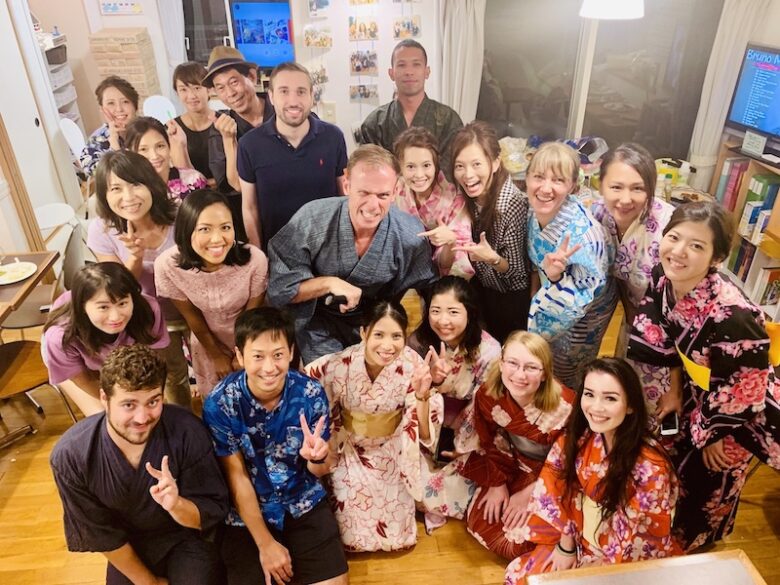
Japanese Language Classes
If you’re keen on mastering all aspects of the Japanese language, including speaking, reading, writing, and grammar, our comprehensive Japanese language classes are designed for you.
Adopting a self-paced strategy, we integrate various study resources—from traditional materials to abundant speaking practice within class sessions, complemented by access to our exclusive online community.
Beginners Japanese 1
Starting with the basics, you’ll first learn pronunciation, counting, and essential phrases and greetings.
This foundational knowledge sets the stage for progressing to sentence structure, where you’ll practice constructing basic sentences with colors, adjectives, question words, and expressions of likes and dislikes.
Alongside expanding your vocabulary, you’ll also start writing, covering the first half of the Japanese Hiragana alphabet.This approach ensures a solid foundation in the language, preparing you for more advanced studies.
In this class, we’ll go over Lesson 1 – Lesson 11 on Japanese from Zero book 1.


Beginners Japanese 2
In the next phase of your learning, you’ll delve into expressing desires and preferences—talking about what you want or don’t want.
You’ll also tackle discussing locations, dates (covering days, months, and years), and time. Practical skills like asking for items and counting objects, a significant aspect of Japanese, will be emphasized.
Verbs will take center stage as you explore conjugation and the past tense, enhancing your ability to construct dynamic sentences.
By the course’s conclusion, you will have mastered writing in Hiragana, enabling you to script the entire Japanese language using this syllabary.
This achievement marks a significant milestone in your Japanese language journey, laying a solid foundation for future proficiency.
In this class, we’ll go over Lesson 12 – Lesson 18 on Japanese from Zero book 1.

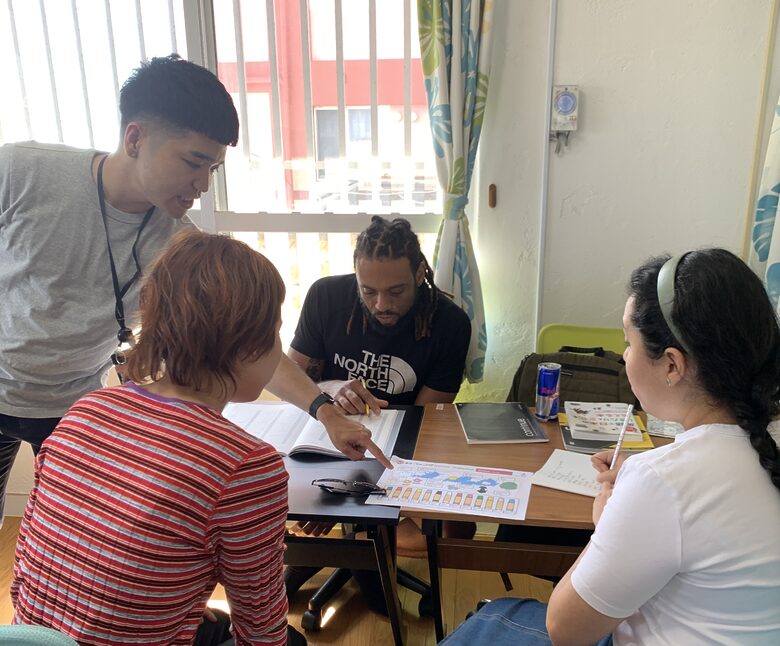
Beginners Japanese 3
You’ll progress to mastering two essential Japanese verbs, ある (aru) and いる (iru), which are fundamental for discussing existence and presence.
This segment focuses on articulating specific objects and their locations, counting living things—a unique aspect of the Japanese language—and bolstering your understanding of particles, an integral component of Japanese grammar.
Additionally, you’ll start learning the first half of the Katakana alphabet, a significant milestone that opens up new vocabulary.
This stage not only expands your linguistic skills but also enhances your confidence in using Japanese effectively in various contexts.
In this class, we’ll go over Lesson 1 – Lesson 6 on Japanese from Zero book 2.
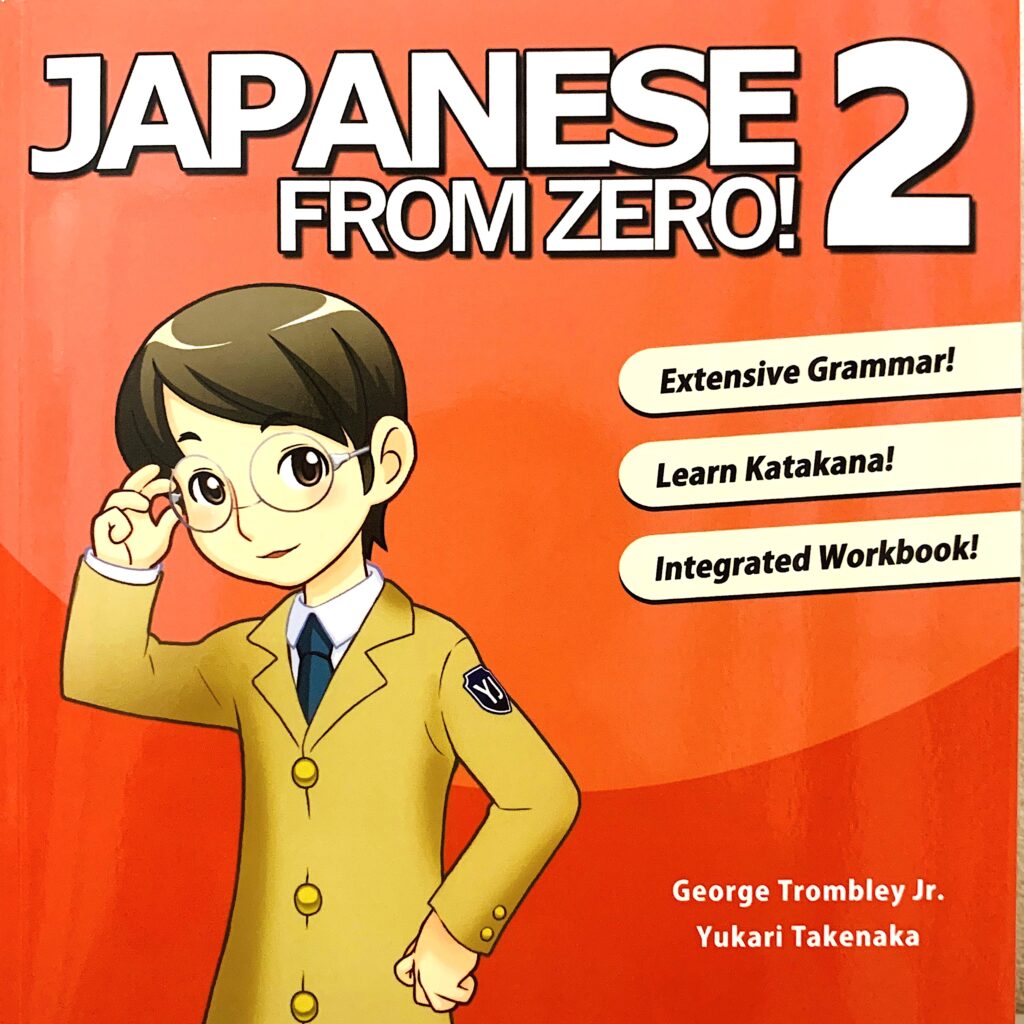
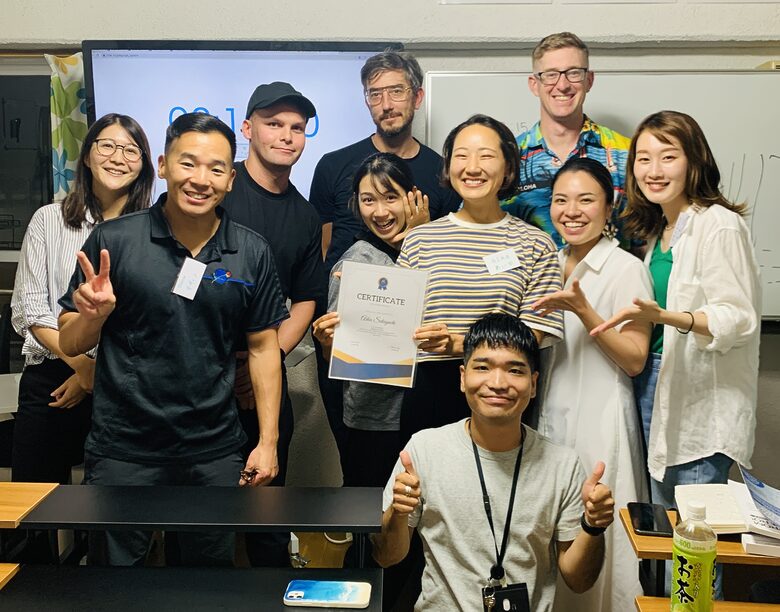
Beginners Japanese 4
Diving deeper into the Japanese language, you’ll explore the intricacies of Japanese family structure and the nuances of using adjectives.
An important aspect of your learning will be informal verb forms and conjugations, which are crucial for casual conversations.
You’ll also practice connecting sentences and delve further into essential grammar concepts.
A significant focus will be on the versatile verb する (suru), which allows you to form countless new verbs with your expanding vocabulary.
This skill is key to expressing a wide range of actions and activities in Japanese.
Upon completing the course, you’ll have the ability to write the entire Katakana alphabet, marking a comprehensive understanding of both of Japan’s phonetic scripts.
You’ll look back with amazement at the breadth of knowledge and skills you’ve acquired, ready to engage more deeply with the Japanese language and culture.
In this class, we’ll go over Lesson 7 – Lesson 12 on Japanese from Zero book 2.


Japanese Pre-Intermediate 1
As you advance, you’ll get the opportunity to practice discussing a variety of personal and relatable topics such as your family and relatives, hobbies, nature, the seasons, weather, and details about your town.
This practice will not only enhance your speaking skills but also expand your vocabulary and introduce you to relevant kanji characters, enriching your ability to read and write in Japanese.
In parallel, you’ll delve into important grammar concepts that are pivotal for expressing more nuanced thoughts and actions.
This includes learning the ている form, which is used to indicate ongoing actions or states. You’ll also explore how to normalize verbs and adjectives, a technique that allows you to turn them into nouns or adjectives for more complex sentence structures.
Additionally, you’ll learn to describe the timing of actions using とき (when), and how to express changes in state with なる (become).
These grammatical tools are essential for detailing transitions and sequencing events or conditions over time.
Finally, you’ll practice connecting adjectives and verbs, a skill that enables you to form longer, more complex sentences.
This comprehensive approach will significantly improve your conversational fluency, making you adept at discussing a wide range of subjects with greater linguistic sophistication.
In this class, we’ll go over Lesson 1 – Lesson 6 on Marugoto A2.
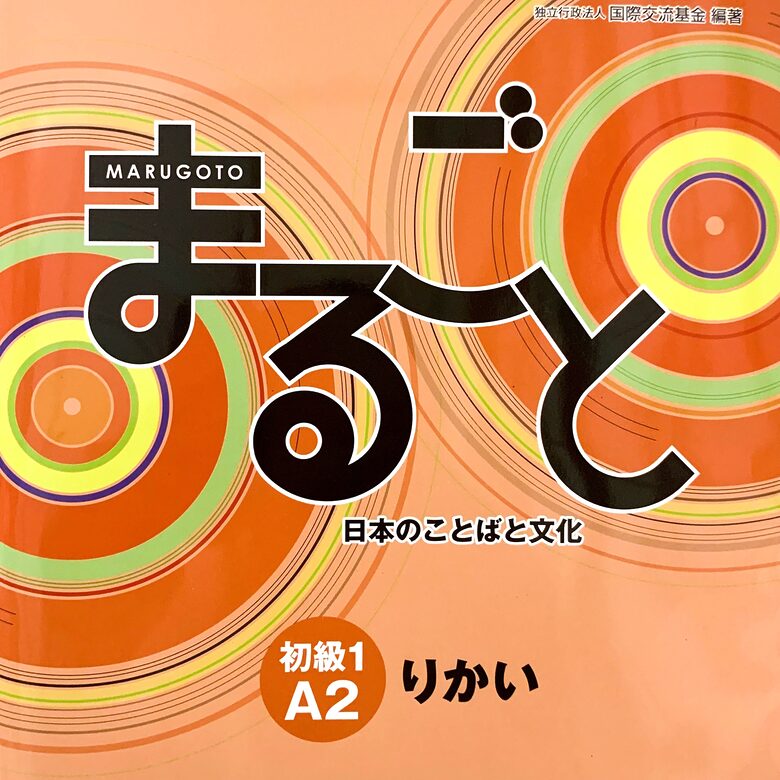

Japanese Pre-Intermediate 2
Engaging in conversations about everyday scenarios like meeting up with a friend, planning an evening out, discussing meal plans, and sharing language study and cultural experiences will be your next step. These discussions are not just practical but also enrich your understanding of Japanese social and cultural contexts. As you talk about these topics, you’ll learn relevant vocabulary and kanji, further bridging the gap between basic communication and more fluent expression.
Your grammar practice will evolve to include connecting verbs to craft complex sentences, enabling you to convey detailed plans and ideas. You’ll learn how to politely inquire if something is okay or agreeable, using the structure that’s common in Japanese to show consideration for others’ preferences or schedules.
Moreover, expressing intentions and actions like going to, wanting to, or trying to do something will be covered. These grammatical structures are essential for making plans or expressing desires and intentions in Japanese.
You’ll also navigate through relative time expressions, such as before and after, which are crucial for organizing events and sharing experiences in a clear, chronological order.
Lastly, you’ll delve into the nuances of もう (already) and まだ (not yet/still), two adverbs that are simple yet vital for accurately describing the status or progression of events and actions.
Through these focused practices, you’ll not only expand your language skills but also gain the confidence to engage in more complex and meaningful conversations in Japanese.
In this class, we’ll go over Lesson 7 – Lesson 12 on Marugoto A2.


Japanese Pre-Intermediate 3
Focusing on more specialized topics, you’ll practice discussing business trips and navigating an office environment, along with conversations about health and exercise, various celebrations, and expressing your feelings. This not only broadens your conversational range but also introduces you to specific vocabulary and kanji relevant to these contexts, enhancing your ability to communicate in both personal and professional settings.
In terms of grammar, you will explore expressing past experiences, a key aspect of sharing your life and stories with others. Learning to talk about doing too much of something adds nuance to your ability to discuss habits and actions, whether they’re yours or someone else’s.
You’ll also tackle expressing purpose or intention behind actions, a fundamental structure for conveying why you do what you do. This includes new ways to construct complex sentences, enabling you to communicate more detailed and nuanced ideas.
Furthermore, you’ll practice articulating your thoughts or relaying what you’ve heard someone say, an essential skill for participating in conversations that involve sharing opinions or discussing various viewpoints.
Through these focused exercises, you’ll significantly enhance your ability to engage in more sophisticated and varied conversations, equipped with the grammar and vocabulary to navigate a wide range of subjects confidently.
In this class, we’ll go over Lesson 13 – Lesson 18 on Marugoto A2.


Who We Are
Beyond Language Learning
A Close-Knit Multilingual Community
Join us and become part of a vibrant community where Japanese and English learners teach and learn from each other.
Authentic and Immersive Practice
Experience genuine language practice with native Japanese speakers in our Japanese class providing endless opportunities for real-world application.
Supportive and Community-Centered
Embrace a relaxed, community-oriented approach to learning. Together, we support, grow, and share joyful moments, making every step of the journey enjoyable.
Follow us on Instagram!